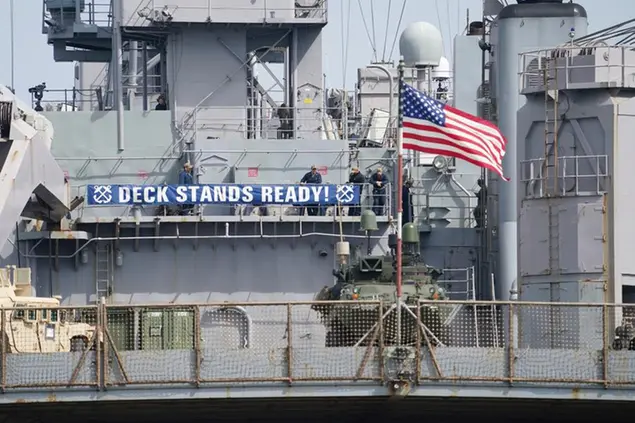- Vale la pena discutere se e fino a che punto l’asimmetria che contraddistingue i rapporti transatlantici costituisca una fonte di instabilità per la Nato.
-
Gli stati europei, venuta meno la minaccia sovietica, non hanno esitato a incassare il loro “dividendo della pace”, ovvero la possibilità di ridurre le spese per la difesa.
-
Il risultato fu che, nello stesso periodo in cui gli Stati Uniti investivano nella rivoluzione negli affari militari, gli altri alleati riducevano i bilanci della difesa, chiudevano le caserme e, come nel caso dell’Italia, si impegnavano a passare da un sistema basato sulla coscrizione a un esercito di soli professionisti.
Il divario di spesa fra i membri può rendere la Nato più forte

28 giugno 2022 • 10:21